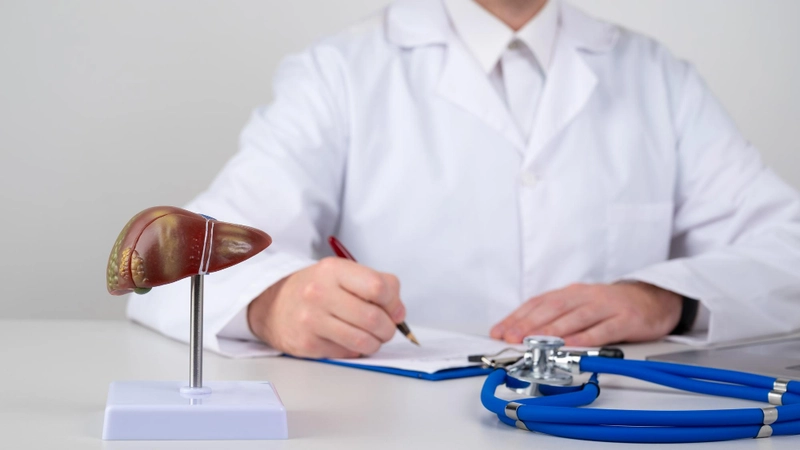- Published on: Aug 26, 2023
- 2 minute read
- By: Secondmedic Expert
Discovering Tranquility: 7 Mindfulness Activities For Serenity At Any Age
In today's fast-paced world, finding moments of tranquility has become a valuable pursuit. As stress and distractions threaten our peace of mind, the allure of serenity draws us toward mindfulness. Regardless of age, mindfulness offers a sanctuary of calm and balance. In this exploration, we uncover seven mindfulness activities that transcend generations, inviting serenity into our lives through the art of mindful practice.
Mindfulness Meditation: The Gateway to Tranquility
At the heart of our quest for serenity lies mindfulness meditation. It's more than just a trend—it's a timeless practice that offers profound benefits. With mindfulness meditation, you gently steer your focus toward the present moment, observing thoughts without judgment. Through the repetition of this practice, a transformation occurs—a heightened awareness of your thoughts and emotions, leading to enhanced emotional regulation and reduced stress. This practice serves as the cornerstone of our journey toward tranquility.
The Rich Tapestry of Meditation Types
Mindfulness meditation is just one thread in the rich tapestry of meditation. Various types of meditation provide unique avenues to tranquility. Guided meditation, a popular choice, employs soothing narrations to transport you to serene mental landscapes. Loving-kindness meditation fosters compassion and empathy. Transcendental meditation harnesses the repetition of a specific mantra to lead you to a profound state of awareness. Whatever your preference, meditation types offer pathways to the same destination—inner peace and tranquility.
The Benefits of Meditation: An Unveiling of Serenity
Meditation's benefits are not a guarded secret; they're open to anyone willing to embrace this practice. Mindful meditation enhances your ability to manage stress, anxiety, and even pain. As you consistently engage in meditation, you'll find that your focus sharpens, and your emotional responses become more measured. Moreover, the relaxation techniques employed in meditation positively impact your overall well-being, leading to better sleep, improved cardiovascular health, and heightened cognitive function.
Mindful Breathing: A Refuge of Calmness
Amid the daily bustle, the breath stands as an anchor to the present moment. Mindful breathing techniques invite serenity by directing your attention to each inhale and exhale. Techniques like deep breathing, box breathing, and the 4-7-8 technique grant you control over your breath, enabling you to quieten the mind and alleviate stress. This practice transcends age, offering a refuge of calmness that's accessible to all.
Coloring Your World with Mindfulness
Who would have thought that coloring, a cherished childhood pastime, could also be a gateway to mindfulness for adults? Adult coloring books have emerged as a creative sanctuary, allowing you to lose yourself in intricate patterns and vibrant colors. This seemingly simple activity has profound effects—it reduces stress, encourages focus, and promotes relaxation. As you immerse yourself in coloring, the world around you fades, leaving behind a canvas of serenity.
Connecting with Nature Through Mindful Walks
Nature's embrace holds a tranquility that's often overlooked in our digital age. Mindful nature walks invite you to disconnect from screens and reconnect with the environment. As you step with intention, observe the rustling leaves, the play of light, and the gentle breeze. By fully immersing yourself in the sights and sounds of nature, you tap into its innate serenity. Whether you're a child or an adult, this activity offers a timeless connection to tranquility.
Journey Inward: Guided Meditation and Visualization
Guided meditation takes you on a journey inward, guided by soothing narratives that lead you through serene landscapes of the mind. This practice blends relaxation techniques with visualization, creating a sensory-rich experience. For children, guided meditations can spark imagination and calm emotions. Adults find solace in these journeys, as they explore the recesses of their consciousness. With every visualization, a little more tranquility is unveiled.
Empowering Relaxation Techniques
Relaxation techniques are the treasures within mindfulness activities. The act of savoring each bite, embracing yoga poses, and engaging in mindful journaling all contribute to serenity. Mindful eating fosters a healthier relationship with food, allowing you to fully appreciate each morsel. Yoga combines movement with mindfulness, soothing the mind while enhancing flexibility. Journaling invites you to unburden your thoughts and reflect on life's journey. Each technique becomes a brushstroke on the canvas of your serenity.
Conclusion: A Lifelong Journey of Serenity
Serenity isn't a fleeting moment; it's a lifelong journey cultivated through mindful practices. As we explore the benefits of meditation, delve into the nuances of mindfulness meditation, and experience various types of meditation, we unwrap the gift of tranquility. Mindful breathing, adult coloring books, and nature walks become our allies in the pursuit of calm. Guided meditation and relaxation techniques offer insight into our inner landscapes. Serenity becomes our constant companion, inviting us to explore, experience, and embrace the beauty of the present moment at any age.
Read FAQs
A. Mindfulness meditation is a practice that involves focusing your attention on the present moment, observing your thoughts and sensations without judgment. By cultivating mindfulness, you become more aware of your thoughts and emotions, leading to improved emotional regulation and reduced stress. Mindfulness meditation is a powerful tool for finding serenity by centering your awareness on the here and now.
A. Absolutely! Meditation is a versatile practice that can be adapted to suit individuals of all ages. For children, guided meditations can enhance imagination and emotional regulation. Seniors can benefit from meditation's calming effects and its potential to enhance cognitive function. It's important to choose meditation techniques and resources that align with each age group's needs and preferences.
A. Relaxation techniques, such as mindful eating and yoga, play a significant role in fostering serenity. Mindful eating encourages a healthier relationship with food by promoting awareness of every bite, leading to greater satisfaction and reduced overeating. Yoga blends movement and mindfulness, soothing the mind while enhancing physical flexibility. These techniques create moments of mindfulness within daily activities, contributing to overall well-being and tranquility.
Our Services
Request A Callback
Recent Posts
Top 5 Blood Tests You Shouldn’t Skip After 40
May 17,2025










